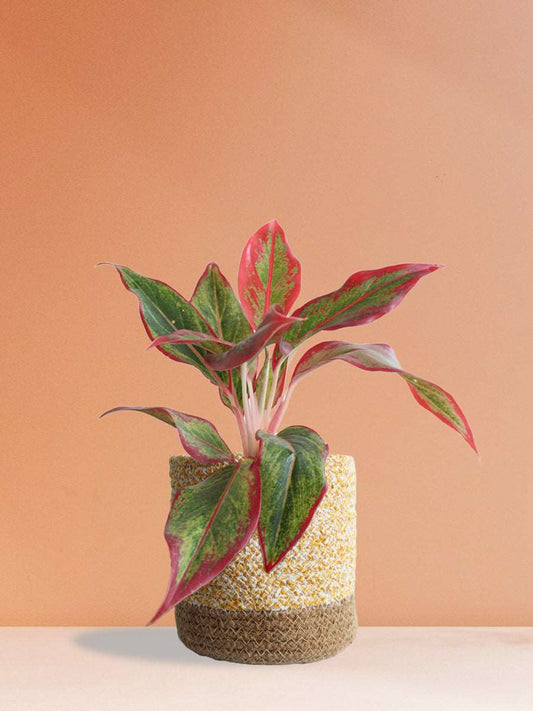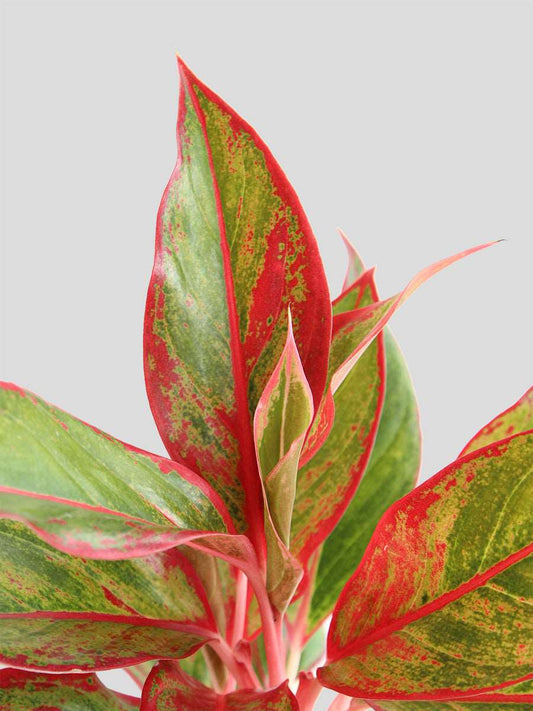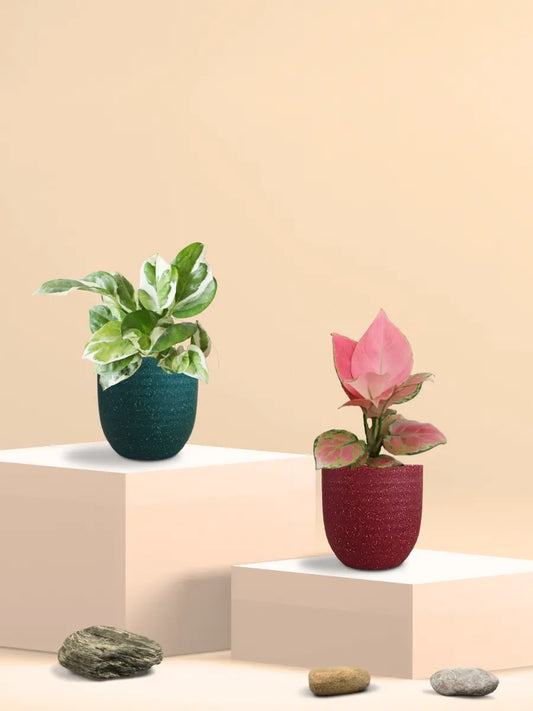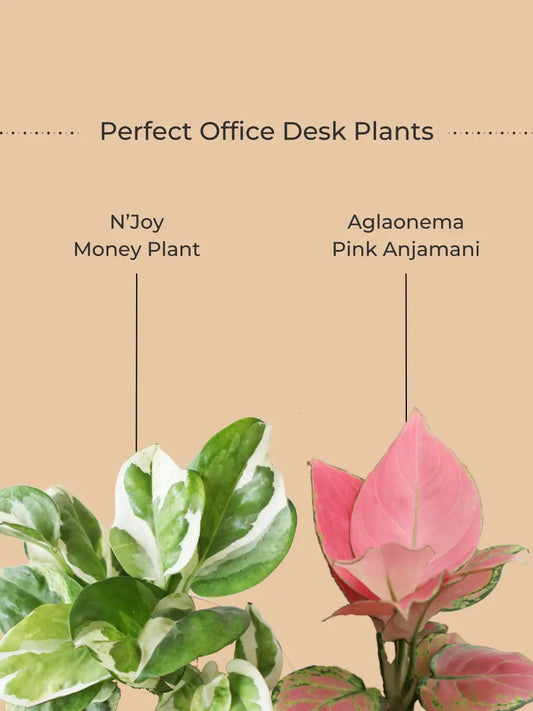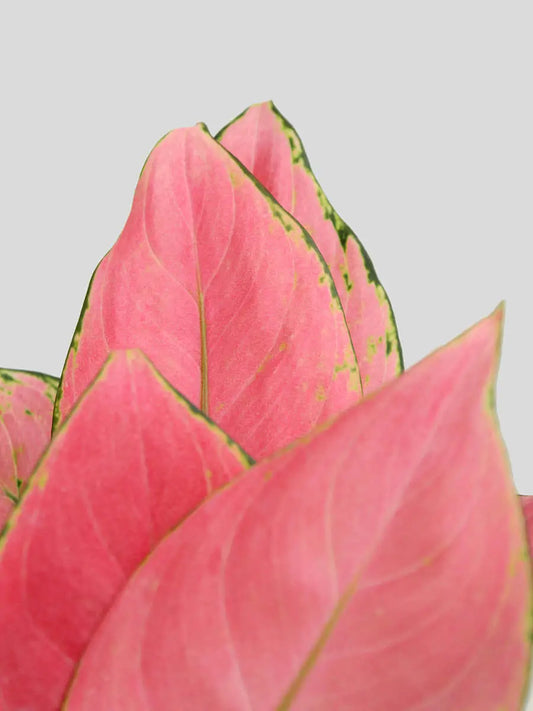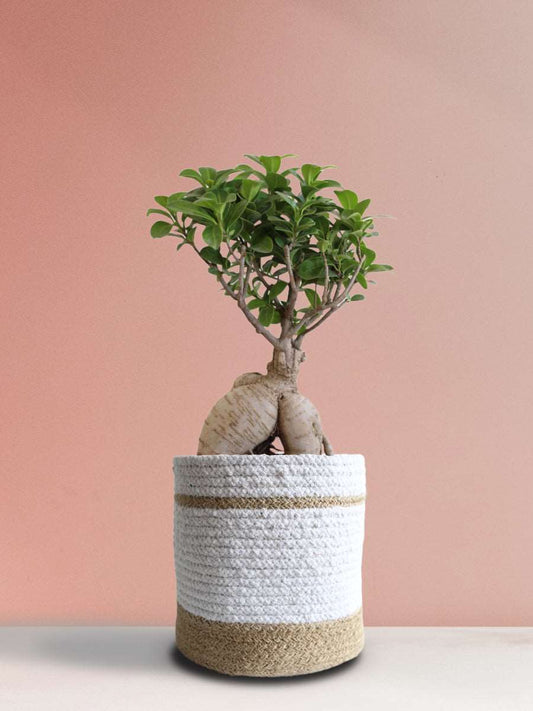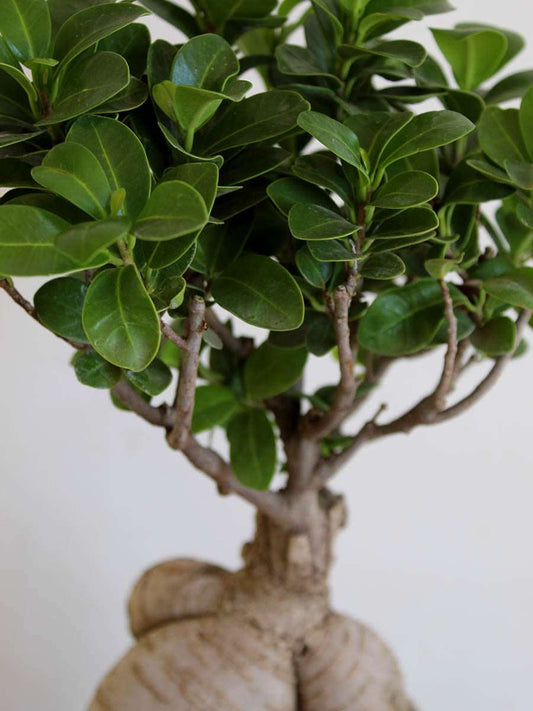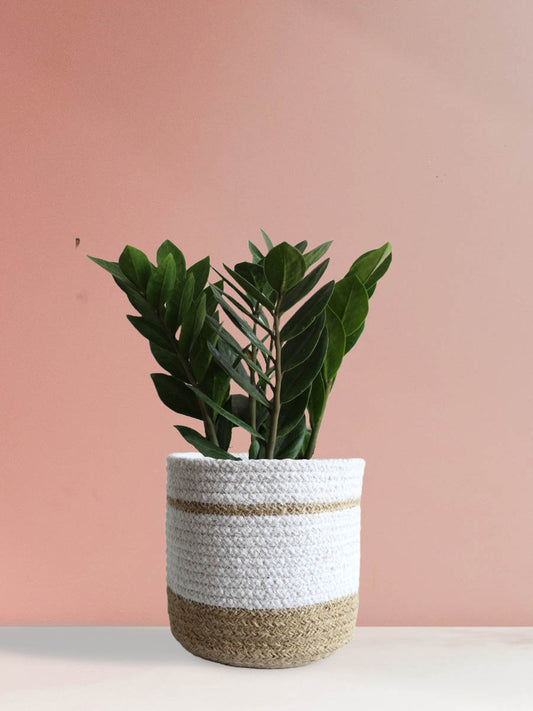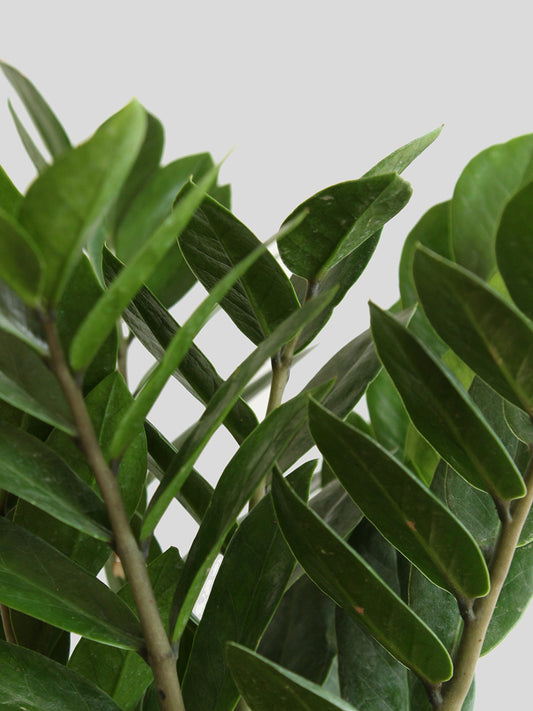Explore Flowering Trees in India for Your Garden
Meet India's most beautiful flowering trees in its various geographies. All of these trees have cultural meanings behind them, from the religious meanings of the Palash to the bright colors of the Gulmohar. Let us take you on an amazing journey through eleven of India's most beautiful flowering trees as Greenkin introduces you to the joys of gardening. Continue reading to learn about the top flowering trees in India for your garden.
11 Best Flowering Trees in India
Explore India's vibrant flowering trees & their enticing aromas. From revered Palash to stiflingly lovely Jacaranda, explore India's 11 most beautiful flowering trees. Each flowering tree emits unique colors and fragrances, which contribute to the nation's diversified natural environment.
The 11 best flowering trees in India:
- Parijat Tree
- Jacaranda trees
- Palash tree
- Indian Coral Tree
- Indian Coral Jasmine
- Pride of India tree
- Gulmohar tree
- Copper Pod Tree
- Indian Beech tree
- Bauhinia Variegata
- Java Cassia tree
1. Parijat Tree:

The parijat tree (Nyctanthes arbortristis) is a popular sacred tree in Indian culture. This is an evergreen tree native to South Asia. However, according to Hindu mythology, it originated in heaven. The white flowers of the parijat tree are as unique as the tree itself. The tiny blooms of this plant have a beautiful fragrance that is very alluring. The flowers open at night & fade during the day.
2. Jacaranda trees:

Jacaranda trees, also known as black poui, Nupur or fern tree, which are exquisite, originated in South America but are now cultivated across the globe, particularly in India. With their beautiful purple & blue flowers, jacaranda trees are easy to understand why people adore them. The beautiful "blue" jacaranda has masses of long, purple-blue, trumpet-shaped flowers in spring & feathery, fern-like leaf clusters.
3. Palash tree:

In India, the Palash tree, also called the "Flame of the Forest," is a sacred tree. Its scientific name is Butea monosperma. Red & orange flowers flare intensely. These pretty flowers bloom in the spring. Its flowers make the palash tree unique. Like fireflowers, the tree's limbs & trunk have groups of flowers. These flame-shaped flowers are bright red or orange. These clustered flowers have long, sleek horizontal petals that expand outward. The most amazing part is that these flowers can grow in deserts without water but just need rainwater for cultural effects & plant life.
Also Check This: Rainy Season Flowers in India
4. Indian Coral Tree:

The Indian Coral Tree, Erythrina variegata, is a beautiful red flowering tree that grows in tropical climates in South Asia. The Indian Coral Tree is a visually stunning, flowering tree that additionally has bright orange flowers. All throughout the flowering season, the Indian coral tree produces dense, tube-shaped clusters of flowers. These flowers look like coral, & their claw-like structure makes every Indian coral tree stand out in every setting.
5. Crepe Jasmine Tree:

The Crepe Jasmine (Tabernaemontana divaricata) is a lovely & aromatic flowering tree. For the most part, it thrives in India but can also be found in southeast Asia. It's also called Tagar or R. Nandi. Its dark green leaves are glossy. It has star-shaped, pure white flowers that are 2.5–3 cm long. Usually, Indian coral jasmine flowers start to bloom in March & keep blooming until November. Plus, it has many huge, solitary flowers on the bud in clustered form that are beautiful & fragrant. Many north and south Indians perform pooja with this flowering tree's flowers.
6. Pride of India Tree:

Pride of India, also known as the Queen's Crepe Myrtle or Jarul, is a popular flowering tree in South Asia, especially India. It's a big bush or tree with lots of flowers. It is famous for its bright pink, white, & purple flowers that cover the tree. Also, the name Crepe Myrtle resembles crepe paper. It gives rise to flowers of a variety of primary colors. The fact that flowers resemble crepes adds to their beauty.
7. Gulmohar tree:

The Gulmohar tree, or Delonix regia, is a member of the Caesalpiniaceae family. This tree is a great ornamental in hot, dry climates. It is native to Madagascar, but the gulmohar is in danger of going extinct there. This tree is famous for its bright red & orange flowers. It's a striking sight on avenues, parks, & roadsides as bright red color filters through green leaves & orange-red flowers.
8. Copper Pod Tree:

The copper Pod tree, or Peltophorum pterocarpum, is an evergreen species of tree in the family Leguminosae & sub-family Caesalpiniaceaea. It's also known as the yellow flame tree, the yellow poinciana, or the yellow flamboyant. It is popular due to its rainbow-colored, bright yellow flowers. Within India's avenue trees, Poinciana (Delonix regia) plants are spread out to create a beautiful red & yellow effect in the summer.
9. Indian Beech Tree:

The Pongamia pinnata tree, which is also known as the Indian beech, is a major tree in India & Southeast Asia. It is renowned for its health & environmental advantages. It is a medium-sized evergreen tree that can grow up to 15 to 25 meters. Also, its thick crown & rounded canopy make it stand out. Its nectar-rich, legume-like blossoms attract bees & other pollinators. Additionally, it makes pongam bunches or karanj seed pods, which are high in protein & oil. Its rich crown & graceful canopy make it beautiful & enhance your environment.
10. Bauhinia Variegata Tree:

Bauhinia Variegata (purple bauhinia) is a Fabaceae flowering plant native to India, China & Southeast Asia. In Bangla, it is called kaniar, the national flower of Bangladesh. It is also known as Mountain Ebony, Orchid Tree, Camel's Foot Tree, & Kachnar. This tree grows 10–12 meters. It has flowers with petals that are 8 to 12 cm long & bright pink or white when they cluster together.
11. Java Cassia tree:

The Java Cassia tree, also known as Cassia javanica, is a lovely fast-growing flowering tree that grows natively throughout Southeast Asia. Its flowers, which range in color from pink to purple, have large stamens & an appealing fragrance. This plant has flowers that attract butterflies & bees. After the flowers, it grows thin seed pods with small seeds inside. Because of its lovely clusters of fragrant, bright flowers, Java Cassia is a popular choice for garden settings.
Also Check This: Breathe Easy: 11 Best Indoor Plants For Oxygen
Tips to Grow Flowering Trees in Your Garden
Find the right tree species for your climate, grow them in soil that drains well & has plenty of organic matter, water them regularly, prune selectively to encourage good growth, feed with a balanced fertilizer in the growing season, & watch out for pests & diseases to keep your garden beautiful & blooming.
Consider the following tips to grow flowering trees in your garden:
1. Finding the right tree:
Not all climates suit flowering trees. Some need direct sunlight, while others can handle cooler weather & partial shade. Find out which trees flourish in your climate.
2. The right place to grow:
After choosing your tree, choose the right position. Different trees need different sunlight. An effective method for this is to conduct a solar survey. You should also consider your tree's mature size. Give your tree plenty of room to grow. If your tree is too close to your house or other structures, the root may split the foundation.
3. Get the soil ready:
Water-loving trees are tolerant of poor soil, but they prefer well-drained soil on average. Add compost or other organic matter to clay-heavy soil to improve it. Test pH with a garden center-available home soil test kit.
4. Water the tree after planting:
Watering your tree is crucial. Your tree needs frequent watering in hot weather. Once your tree grows nicely, you can reduce watering, but you must continue to deeply water it when the soil is dry.
5. Fertilize your tree:
Trees require fuel (fertilizer) to bloom. Likely in the spring or early summer, fertilize your tree according to the recommendations of the gardener.
6. Prune your tree:
Pruning shapes & promotes tree development. However, avoid overpruning. Too much pruning might stress the tree & reduce flowering. Following a tree's blooming season is the optimal time to prune it.
7. Mulching the tree:
Mulch is essential for regulating soil temperature, preventing plant growth, & retaining moisture. Cover the tree base with mulch, keeping it away from the trunk.
8. Other important flowering tree growing considerations:
- Include pollinators: Try to plant pollinator-friendly plants. This improves your garden & the environment.
- Create emotionality: Install a flowering tree as a focal point. It will be a striking landscape feature.
- Consider the future: Consider the tree's entire size while choosing. Your tree shouldn't outgrow your landscape.
Also Check This: Top 11 Religious Plants in India: Sacred Plants of India
Conclusion
The flowering trees in India are truly stunning. Make your garden a flower oasis & enjoy its beauty. Each of these trees adds something different to India's landscapes, from the Palash's sacred value to the Gulmohar's beautiful look & feel. When you give flowering trees some easy care, they come back every year. With some research, you may choose a tree that adds scent & beauty.






